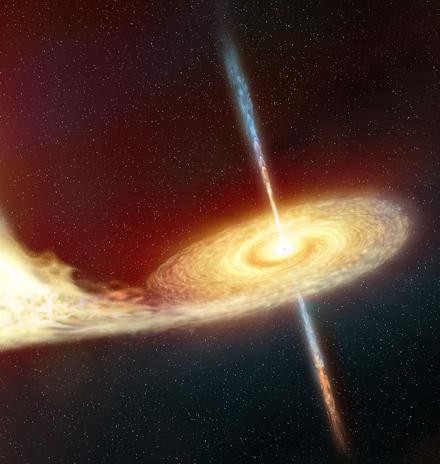Nothing Weighs What It Used to Weigh!

Wait, did you see this horrifying thing on the kilogram, a measure of weight (yes, yes it is) that is actually tied to a real object? (Which affects the “pound,” as the pound is now basically defined as 0.45359237 kilograms!)
Familiarly known as Le Grand K and held in a vault just outside of Paris under three bell jars, it dates back to the 1880s, when it was forged by the British metallurgist George Matthey from an alloy of nine-tenths platinum and one-tenth iridium. As a metric unit, the kilogram is “equal to the mass of the international prototype,” according to the official definition. In other words, as metrologists like to point out, it has the remarkable property of never gaining or losing mass. By definition, any physical change to it alters the mass of everything in the cosmos…. But comparisons since the 1940s have revealed a troublesome drift. Relative to the témoins and to the national standards, Le Grand K has been losing weight — or, by the definition of mass under the metric system, the rest of the universe has been getting fatter.
Systems! Mass! Concepts gone wrong! The Earth-centric conflation of mass and weight! Entropy! DARK MATTER! ISOTOPE DRIFT! THE END OF TIME! LET’S GO BACK TO BED. (via)
